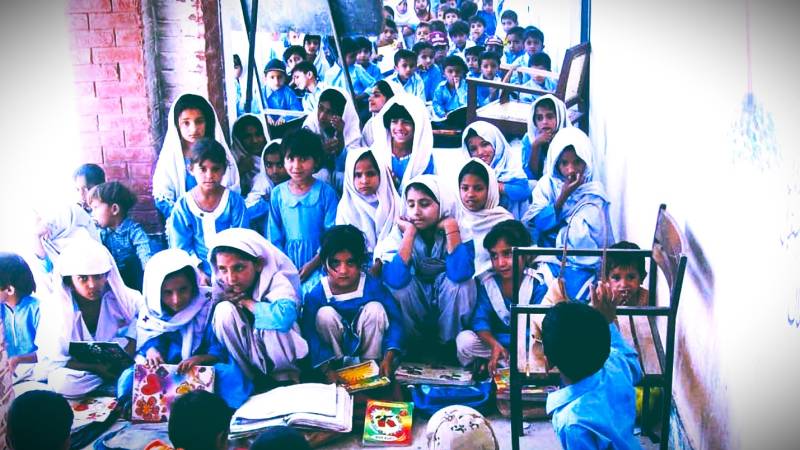
Today's world is defined by inter-connectivity and interdependence. Just as no single country can survive on its own in a globalised environment, no public policy can be effective in isolation. Inclusiveness, therefore, is not just a concept, but the very essence of socioeconomic growth acquired through fine public policy and planning. It is a principle that we all must uphold and promote.
In this context, David Easton terms public policy as an authoritative allocation of values to the whole society. Policies are systematically evaluated by professionals in order to look at who gets what, when and how, and to assess the impact of these policies. Economic policy aims to stabilise markets, promoting economic prosperity, and ensuring business development and employment. In fact, the main objective of the economic policies of any government is to ensure the welfare of the people by organising opportunities for growth and development.
The performance of a government is generally measured by looking at the economy, evaluated through its Gross Domestic Product (GDP) growth, and, in addition, a few indicators like inflation and unemployment are also taken into consideration. GDP measurement is the easiest and most commonly employed tool to measure economic success, but it is not necessarily a good way to measure the increase in social welfare. It is useful in terms of calculating growth, but misses various important indicators of development such as well-being, equity, gender, sustainability and compatibility with broader social and sustainability goals. Moreover, it does not measure transparency, fair play and justice. The policies that help the economy grow may not always ensure the ideals of sustainable development.
When policy interventions do not capture social goods, which normally support the provision of public goods such as subsidising healthcare and education as a means to social security and welfare, there may be faults in those policies
In Pakistan, there are several instances where growth is recorded at a high rate, but the indicators of social welfare, life satisfaction and happiness paradoxically remain worse. GDP growth versus social well-being in Pakistan in the 1960s is a case in point. Conservative economists are of the view that trickle-down economics works by allowing the market to function on its own without government interference. They advocate free market principles, which may benefit everyone in theory, but it does not hold true. This is evident in the United States, where income, wealth and health inequalities have shot up to the extremes.
When policy interventions do not result in providing equitable public goods, i.e. healthcare, access to education, water and transport to the people, the quality of life for the common man is compromised. This not only causes dissatisfaction in society, but its impact is considered to be negative. Similarly, when policy interventions do not capture social goods, which normally support the provision of public goods such as subsidising healthcare and education as a means to social security and welfare, there may be faults in those policies. They need thorough analysis and evaluation to gauge their effectiveness and to produce the desired end results. On the one hand, a good policy approach aims at fixing issues of inequality that are more likely to result in inclusive growth—an essential ingredient for impacting upward social mobility through financial public policy. Moreover, good public policy also captures other basic aspects of sustainable development, especially those which focus on environmental protection, social justice and improvement in social welfare indicators, to provide maximum satisfaction to the people and to secure a sustainable future for the generations to come. Experts believe that a public policy is considered sustainable only when it does not compromise the future of succeeding generations by exhausting available resources.
To round the matter off, while measuring the GDP can indicate economic growth, however, the path towards sustainable development demands much more than a mere GDP growth. In fact, it should be socially inclusive, environmentally safe and far-sighted enough to provide for not only the existing population but also the succeeding generations. Therefore, public policy and financial planning have become sciences that require a multi-sectorial approach for attaining the common good. Any development plan or public policy, sans the aforementioned factors, is not just doomed to be a fiasco, but a missed opportunity to build a better future.

